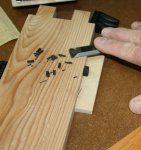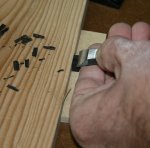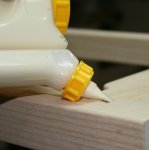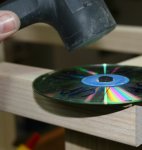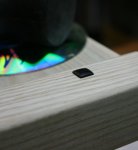Norman Hitt
Member
- Messages
- 1,810
- Location
- Odessa, Tx
Glenn, I think just working on this project is the present. All my projects recently have been something that is needed and not necessarily what I would call fine woodworking. I look forward to your next post.
P.S. I am curious how you find bending the saw like that works for you. I have always had better results just cutting it flat, but I am using a flush cutting saw (also Japanese style).
Bill, I'm not Glenn, but I've been using a really cheap Harbor Frt saw (like the one Glenn shows), that I bought a few yrs back, (just to see how I liked one), and it works GREAT either flat OR bending it like Glenn shows, (which I do most of the time). I assumed that if I liked it I would need to buy a good one, but after a couple of hundred cutoffs it's still working like new and I even use it to make fine trim cut offs on moldings.
 I can't believe anything "I Bought" so cheap would work so well, for so many different applications and last so long.
I can't believe anything "I Bought" so cheap would work so well, for so many different applications and last so long.


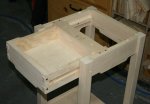
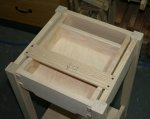
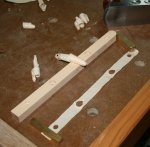

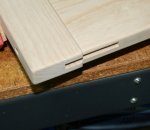
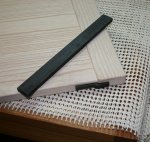
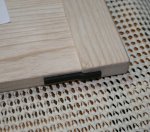
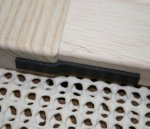
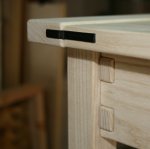
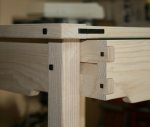

 yup they are beggin fer sure.. nice job
yup they are beggin fer sure.. nice job